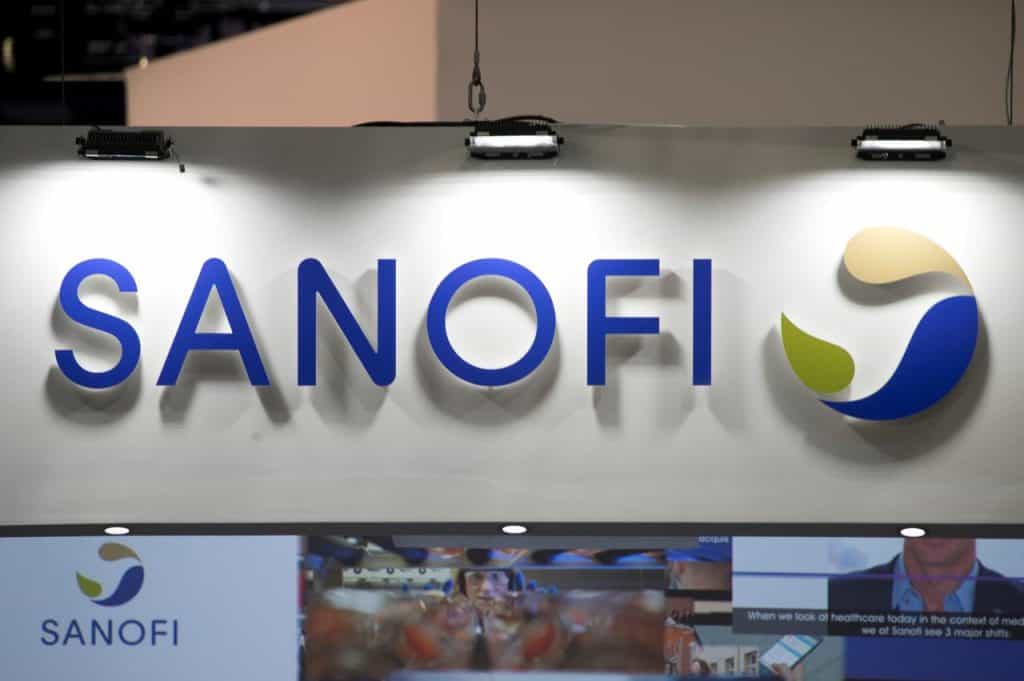
The price of First Trust Energy Income and Growth Fund (NYSE:FEN) went up by $0.12 now trading at $22.22. Their shares witnessed a 24.76% increase from the 52-week low price of $17.81 they recorded on 2018-12-24. Even though it is still -7.07% behind the $23.79 high touched on 2018-07-19. The last few days have been rough for the stock, as its price has decreased by -1.16% during the week. It has also performed better over the past three months, as it added around 6.26% while it has so far retreated around -2.63% during the course of a year. The stock of FEN recorded 18.7% uptrend from the beginning of this year till date. The 12-month potential price target for First Trust Energy Income and Growth Fund is set at $35. This target means that the stock has an upside potential to increase by 57.52% from the current trading price.
7 institutions entered new First Trust Energy Income and Growth Fund (NYSE:FEN) positions, 22 added to their existing positions in these shares, 39 lowered their positions, and 13 exited their positions entirely.
First Trust Energy Income and Growth Fund (FEN) trade volume has decreased by -28.42% as around 61,357 shares were sold when compared with its 50-day average volume of traded shares which is 85,722. At the moment, FEN is witnessing a downtrend, as it is trading -0.75% below its 20-day SMA, 3.3% above its 50-day SMA, and 4.45% above its 200-day SMA. The company runs an ROE of roughly 0%, with financial analysts predicting that their earnings per share growth will be around 0% per annum for the next five year. This will be compared to the 0% decrease witnessed over the past five years.
The first technical resistance point for First Trust Energy Income and Growth Fund (NYSE:FEN) will likely come at $22.28, marking a 0.27% premium to the current level. The second resistance point is at $22.35, about 0.58% premium to its current market price. On the other hand, inability to breach the immediate hurdles can drag it down to $22.04, the lower end of the range. FEN’s 14-day MACD is -0.31 and this negative figure indicates a downward trading trend. The company’s 14-day RSI (relative strength index) score is 53.33, which shows that its stock has been neutral. The 20-day historical volatility for the stock stands at 12.99 percent, which is high when compared to that of the 50-day’s 12.93 percent.
The shares of Sanofi (NASDAQ:SNY) has decreased by -0.73%, and now trading at $43.41 on the Wall Street in the intra-day deal, with their shares traded now around 723,525. This is a decline of -415,057 shares over the average 1,138,582 shares that were traded daily over the last three months. The stock that is trading at $43.41 went higher by 15.98% from its 52-week low of $37.43 that it attained back on 2018-05-09. The stock recorded a 52-week high of $45.62 nearly 174 days ago on 2018-11-09.
SNY stock hasn’t performed well over the past 30 days, as it lost -2.01% while its price plunged by 0% year-to-date (YTD). Looking at the last few days, it has been good for the stock, as it rose 4.65% over the last week. The stock’s 12-month potential target price is now at $52. This means that the stock price might likely increase by 19.79% from its current trading price. 3 out of 4 Wall Street analysts which represents 75% rated the stock as a buy while the remaining 25% rated it as a hold, with 0% of analysts rating it as a sell.
Sanofi (NASDAQ:SNY) has been utilizing an ROE that is roughly 0%, with stock analysts predicting that the company’s EPS for the next five years will go up by 8.1% per year, following the 4.8% raise that was witnessed during the past five years. The stock at the moment is on a uptrend, trading 1.35% above its 20-day SMA, 0.67% above its 50-day SMA, and 0.36% above its 200-day SMA. In percentage terms, the aggregate Sanofi shares held by institutional investors is 7.8%. 77 institutions jumped in to acquire Sanofi (SNY) fresh stake, 218 added to their current holdings in these shares, 225 lowered their positions, and 50 left no stake in the company.
The stock’s 9-day MACD is 1.26 and this positive figure indicates an upward trading trend. The company’s 9-day RSI score is 59.33, which shows that its stock has been neutral. The 20-day historical volatility for the shares stand at 22.51 percent, which is more when compared to that of the 50-day’s 17.14 percent. On the daily chart, we see that the stock could reach the first level of resistance at $43.7, sporting a 0.66% premium to the current level. The next resistance point is at $43.99, representing nearly 1.32% premium to the current market price of Sanofi (SNY). On the other hand, failure to breach the immediate hurdles can drag it down to $43.09, the lower end of the range.


